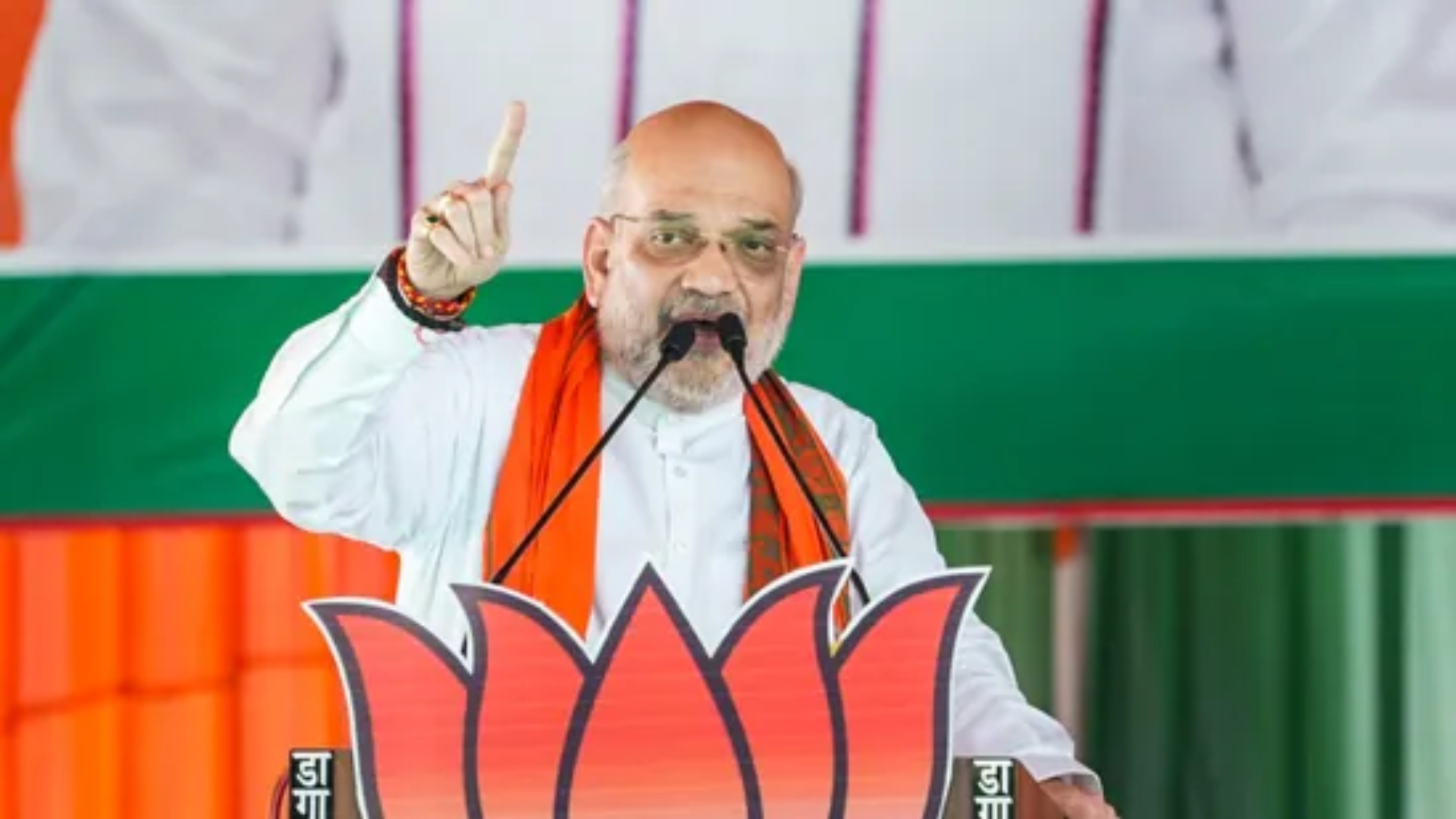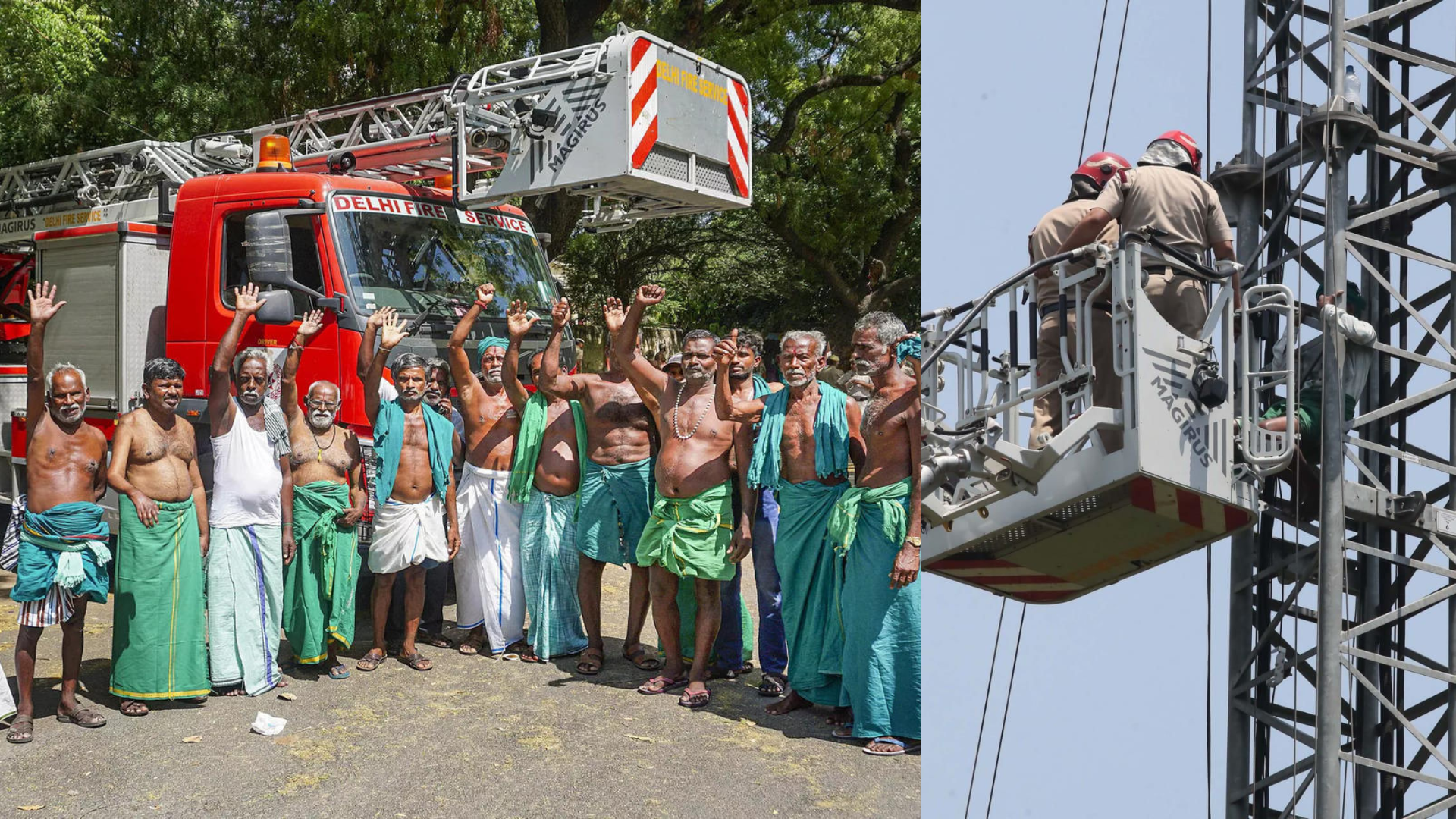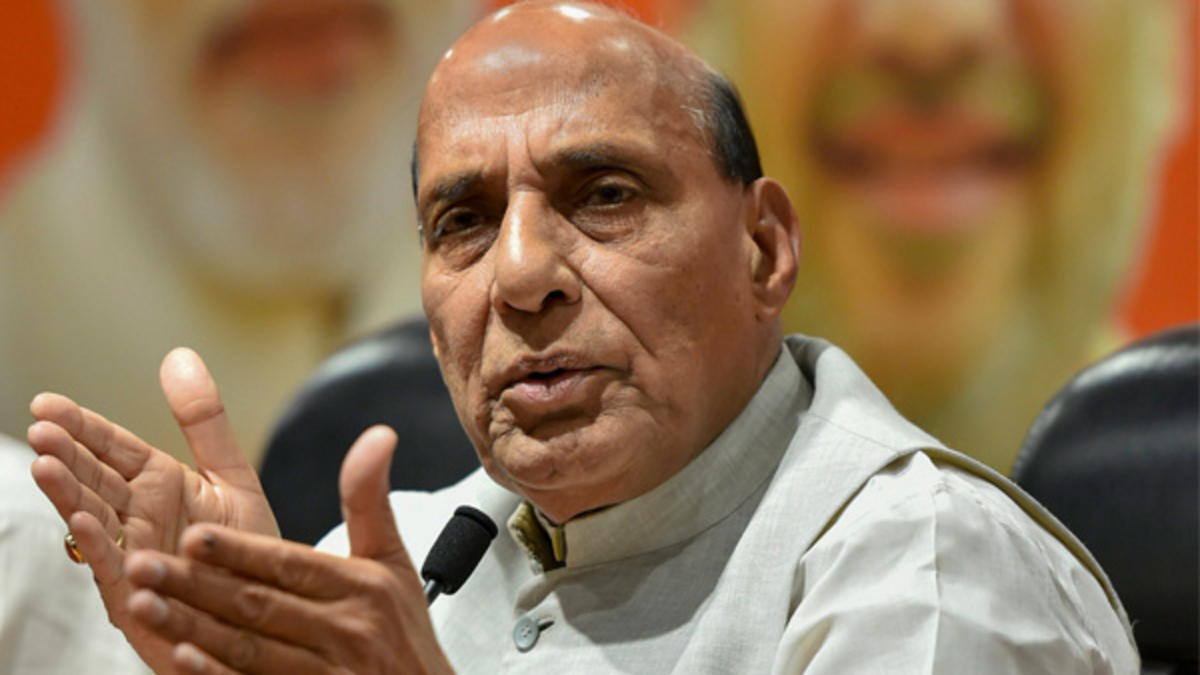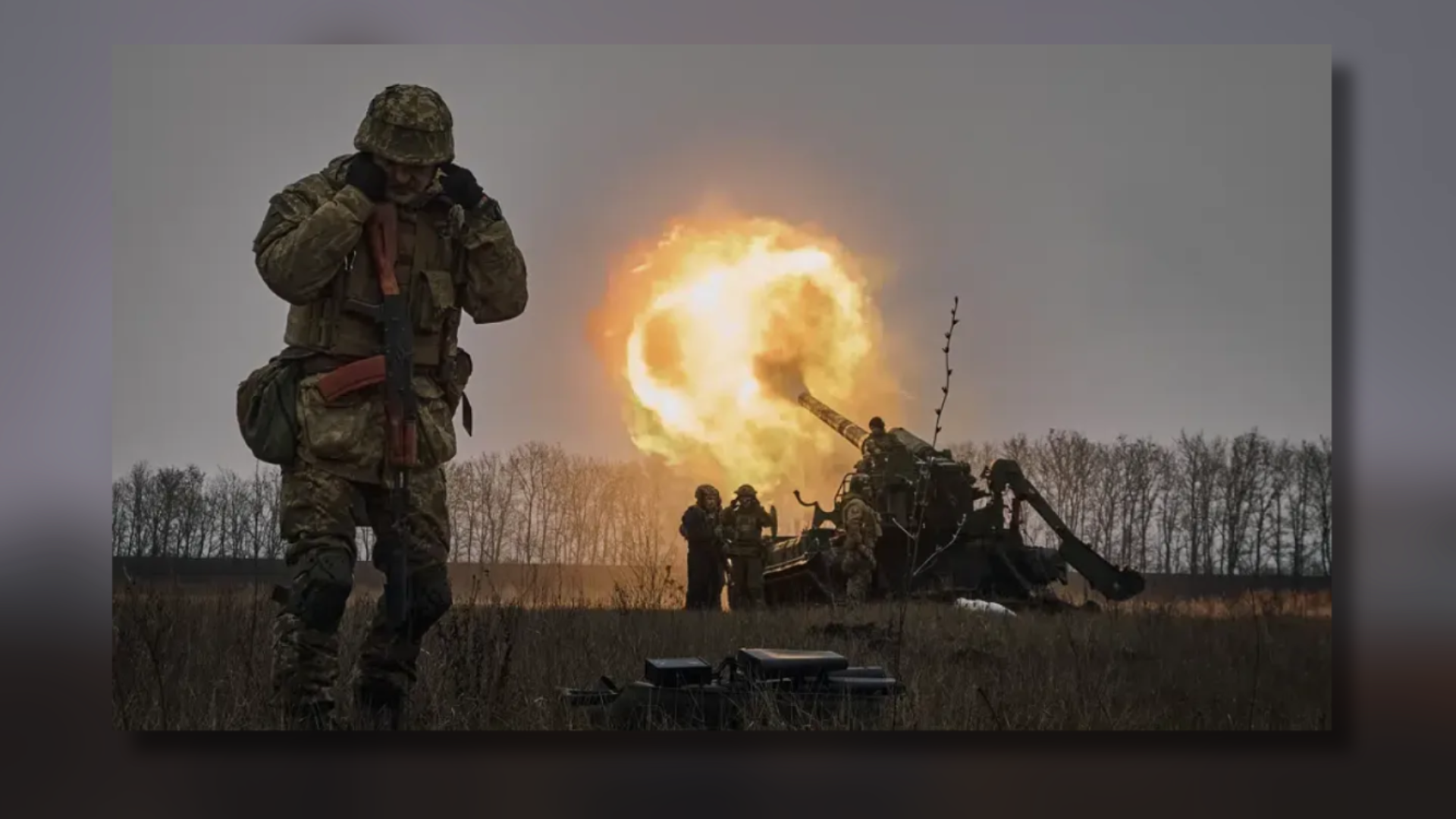










Defence Minister Rajanth Singh on Tuesday said that a key element 1993 and 1996 agreements between India and China is that the two sides will keep their military forces in the areas along the Line of Actual Control (LAC) to a minimum level.
He said the agreements also mandate that pending an ultimate solution to the boundary question, the two sides shall strictly respect and observe the LAC. Making a statement in the Lok Sabha regarding the situation on eastern border in Ladakh, the minister said that China continues to be in illegal occupation of Indian territory in Ladakh.
‘As the House is aware, China continues to be in illegal occupation of approximately 38,000 sq km in the Union Territory of Ladakh. In addition, under the so-called Sino-Pakistan ‘Boundary Agreement’ of 1963, Pakistan illegally ceded 5,180 sq km of Indian territory in Pakistan Occupied Kashmir to China. China also claims approximately 90,000 sq km of Indian territory in the Eastern Sector of the India-China boundary in Arunachal Pradesh,’ Singh said.
Also read: Forces ready to protect sovereignty, Rajnath Singh’s strong message to China from the parliament
Also read: Chinese troops movement in depth areas opposite Arunachal, Indian Army strengthens positions
He said China does not accept the customary and traditional alignment of the boundary between the two countries while India believes that this alignment is based on well-established geographical principles confirmed by treaties and agreements, as well as historical usage and practice, well-known for centuries to both sides.
Singh said the Chinese position is that the boundary between the two countries has not been formally delimited, that there exists a traditional customary line formed by the extent of jurisdiction that they claim was exercised historically by each side, and that the two sides have different interpretations of the position of the traditional customary line.
‘The two countries had engaged in discussions during 1950s-60s but these efforts could not yield a mutually acceptable solution,’ he said.
The minister said under the 1993 and 1996 agreements, India and China committed to clarification and confirmation of the Line of Actual Control (LAC) to reach a common understanding of the alignment.
‘A key element of both the 1993 and the 1996 Agreements is that the two sides will keep their military forces in the areas along the Line of Actual Control to a minimum level. These agreements also mandate that pending an ultimate solution to the boundary question, the two sides shall strictly respect and observe the Line of Actual Control. Furthermore in these agreements, India and China also committed to clarification and confirmation of the Line of Actual Control to reach a common understanding of the alignment,’ he said.
“Thus, in late 1990s and upto 2003, the two sides engaged in an exercise to clarify and confirm the LAC. But, thereafter the Chinese side did not show a willingness to pursue the LAC clarification exercise. As a result, there are some areas where the Chinese and Indian perceptions of LAC overlap. In these areas, as also with other sections of the border areas, the various agreements govern the manner in which troops of both sides should operate and deal with situations of face-offs to maintain peace and tranquility,” he added.
The minister said both India and China have formally agreed that the boundary question “is a complex issue” which requires patience and have committed to seeking a fair, reasonable and mutually acceptable solution through dialogue and peaceful negotiations.
“In the interim, the two sides also agree that maintenance of peace and tranquility in the border areas is an essential basis for the further development of bilateral relations,” he said.
The minister also said that as yet there is no commonly delineated Line of Actual Control (LAC) in the border areas between India and China and there is no common perception of the entire LAC.
“Therefore, in order to ensure peace and tranquility in the border areas, especially along the Line of Actual Control (LAC), the two countries have concluded a number of agreements and protocols. Under these agreements, the two sides have agreed to maintain peace and tranquility along the LAC without prejudice to their respective positions on the alignment of the LAC as well as on the boundary question. It is on this basis, that our overall relations also saw considerable progress since 1988,” he said.
Singh said India’s position is that while bilateral relations can continue to develop in parallel with discussions on resolving the boundary question, any serious disturbance in peace and tranquility along the LAC in the border areas “is bound to have implications for the positive direction of our ties”.
Stating that the country is facing a challenge in Ladakh due to Chinese actions, the minister urged the House to pass a resolution in support of Indian Armed Forces who have been defending the motherland at great heights and most inclement weather conditions in Ladakh for our safety and security.
Referring to border incidents, he said conduct of Indian forces throughout these incidents shows that while “they maintained “sayyam” (restraint) in the face of provocative actions, they also equally displayed “shaurya” (bravery) when required to protect the territorial integrity of India”.
“I would like the House to join me in recognizing the courage and valour of our soldiers, who undergo immense hardship in the most difficult conditions to keep us all safe and secure…I urge the House to pass a resolution in support of our Armed Forces who have been defending our motherland at great heights and most inclement weather conditions in Ladakh for our safety and security,” Singh said.
“This is a time when this august House has to come together and reiterate confidence and faith in the velour of the brave armed forces and support them in the mission that they have undertaken to protect the territorial integrity of our motherland,” he added. The Defence Minister said that the morale and motivation of the country’s armed forces is very high.
“I can assure you that the morale and motivation of our armed forces is very high. The reassuring visit by our PM has ensured that our commanders and soldiers understand that the entire nation stands behind them in support of the just cause of defending our territorial integrity,” Singh said.
“They are accordingly being provisioned with suitable clothing, habitat and the required defence wherewithal. The determination of our troops is praiseworthy. They are capable of serving at forbidding altitudes with scarce oxygen and in extremely cold temperatures, something that they have effortlessly done over the last many years on Siachen, and Kargil,” he added.
India and China have been engaged in a standoff since April-May and China has refused to vacate locations in the Finger area and other friction points in the Eastern Ladakh.
Multiple rounds of talks have also failed to yield any significant result in defusing the tensions and now the Indian side has prepared itself for long-term deployment in the high mountainous region.
Also read: ‘It is a shame’: Jaya Bachchan slams Ravi Kishan over attempts to tarnish Bollywood’s image










